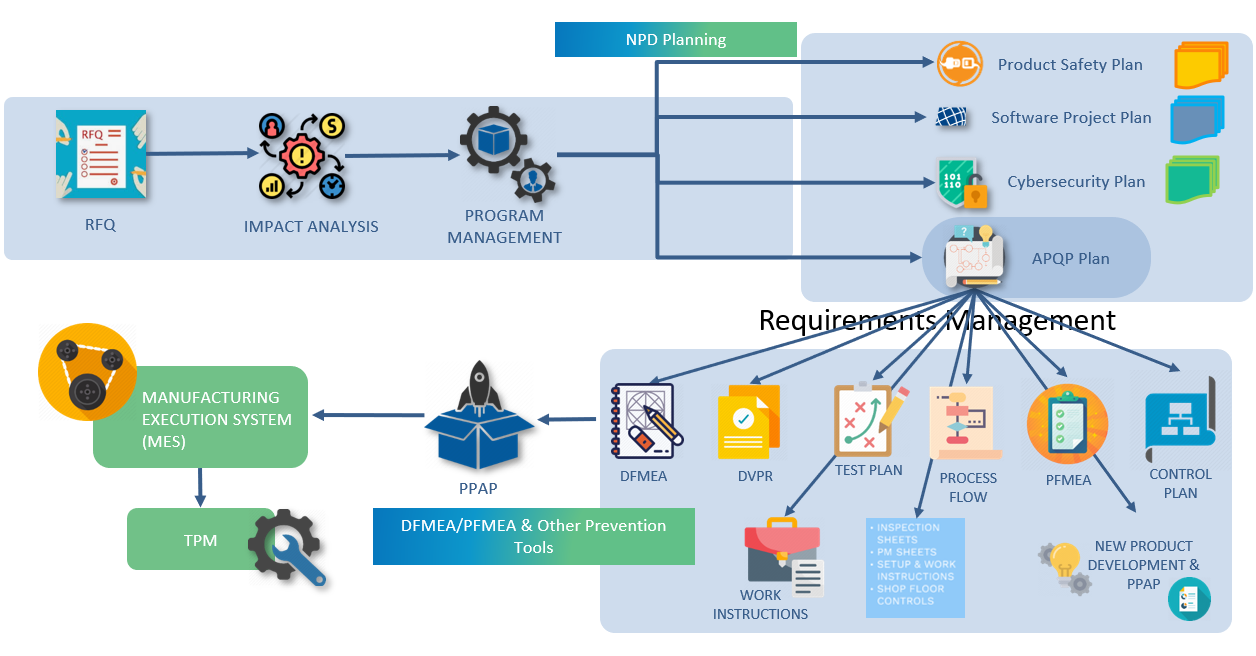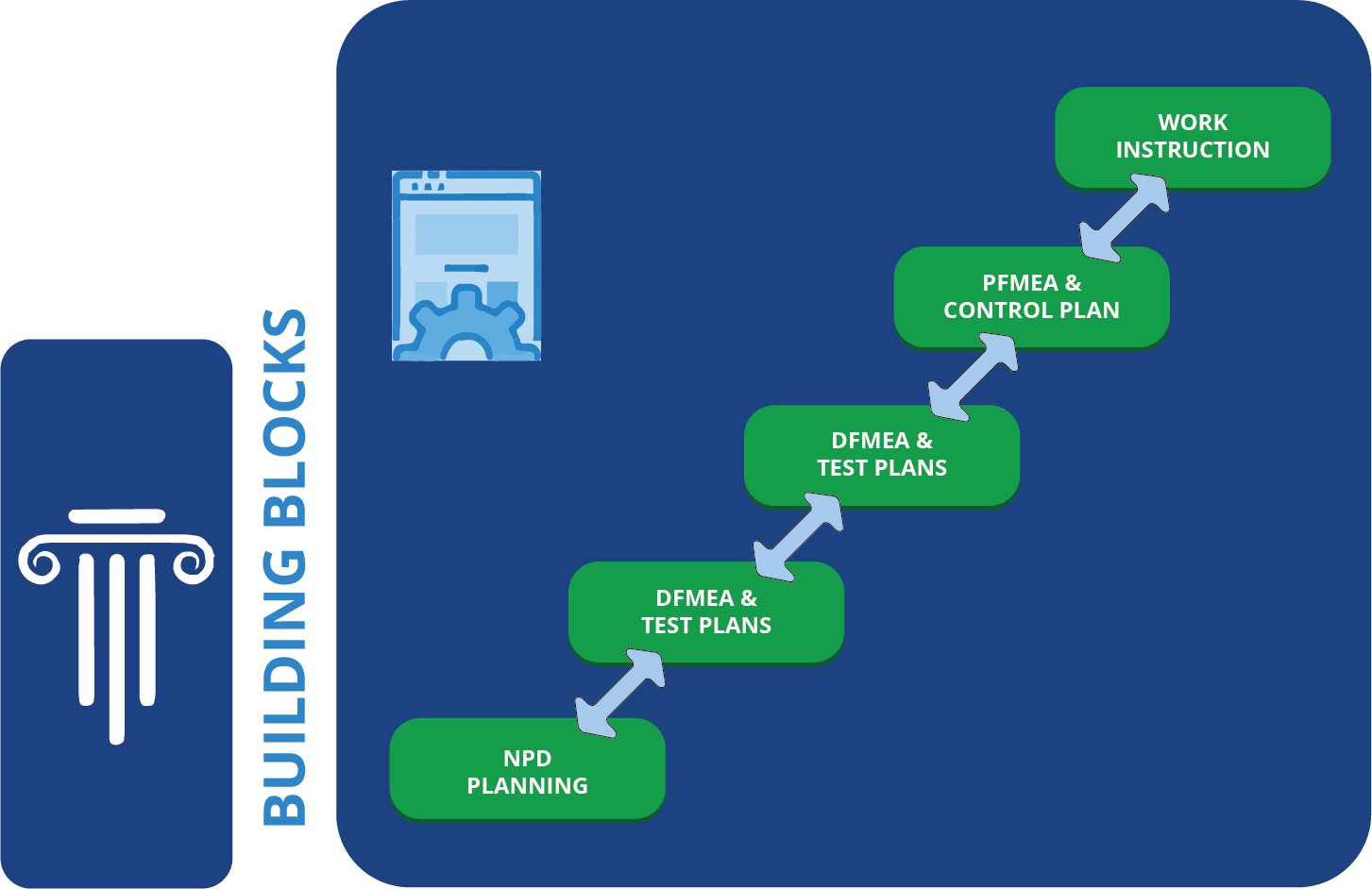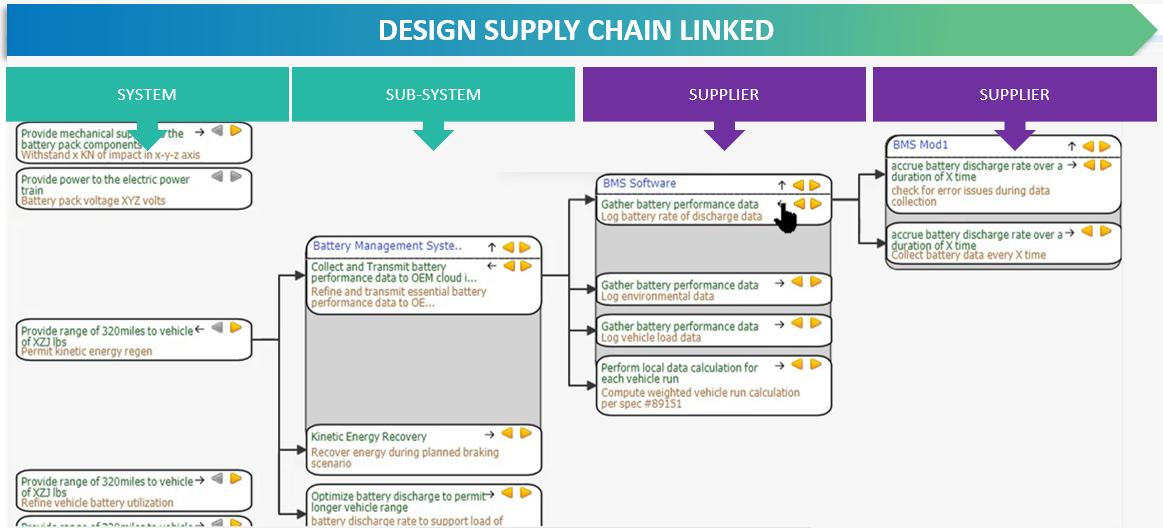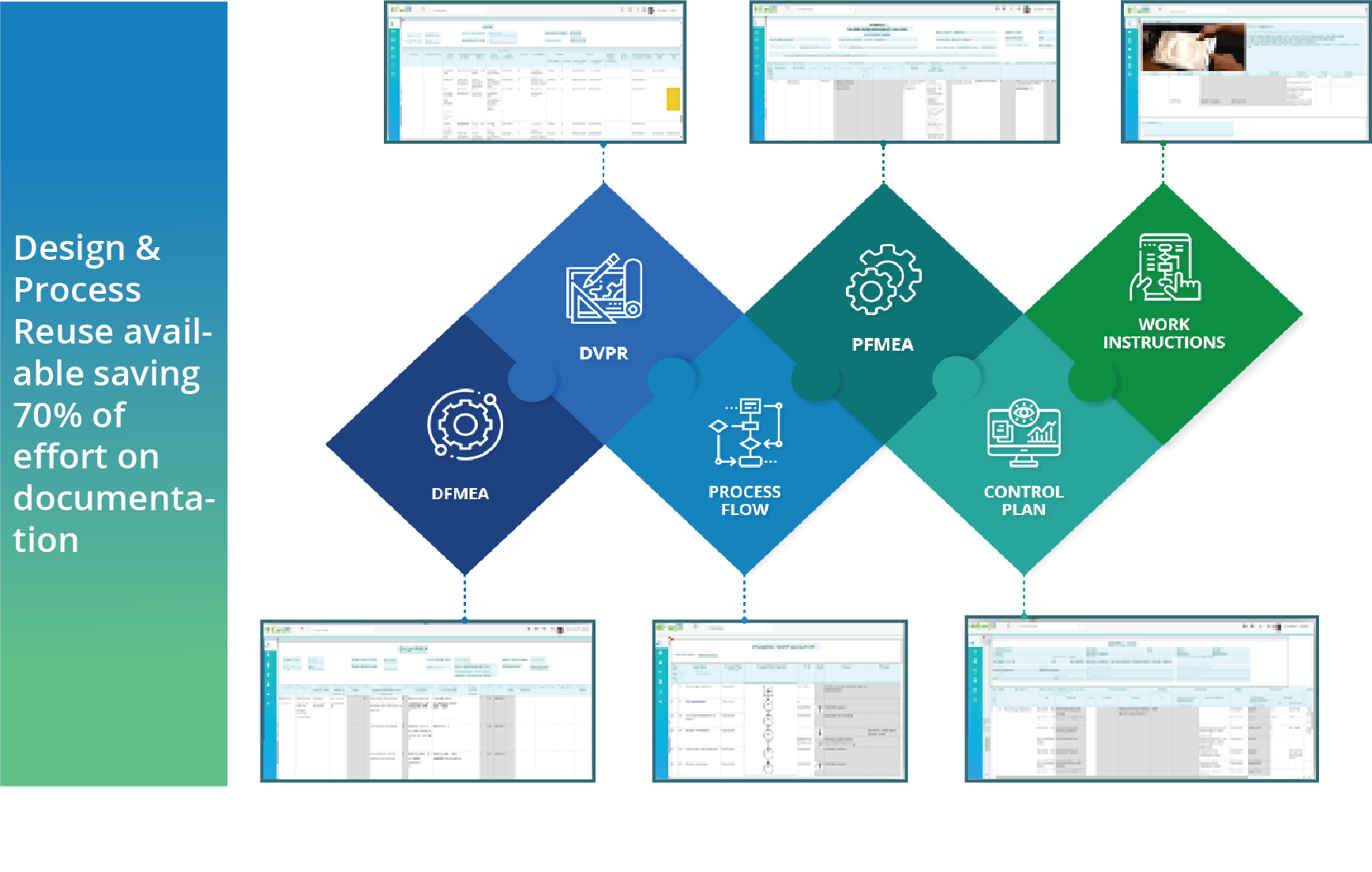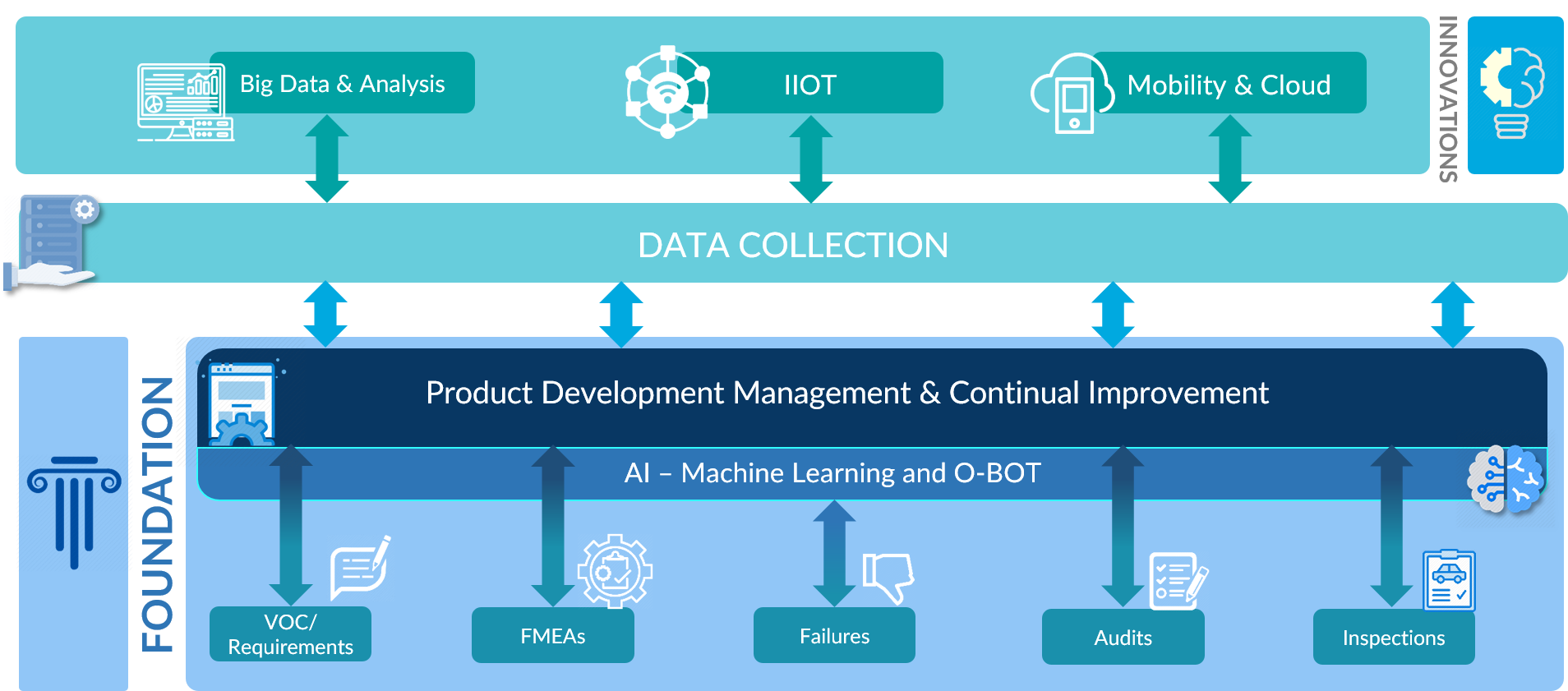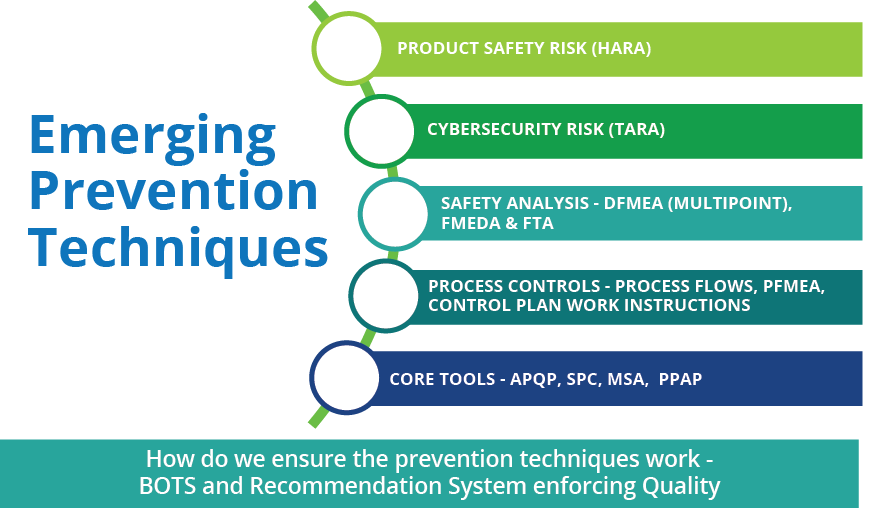NPD stands for "New Product Development." It refers to the process of creating and introducing new products or services to the market. This process involves various stages, from ideation and concept development to design, testing, and finally, the product's commercial launch. NPD is a critical aspect of business innovation and growth, as it allows companies to stay competitive, meet customer needs, and explore new market opportunities.
Today’s new product development process has increased in complexity because of electronic and mechatronic systems, systems engineering, product safety, and increased globalization of design and manufacturing both within an organization and its supply chain. Empirical evidence indicates that a substantial portion of warranty-related concerns in vehicles, ranging from 20% to 50%, stems from software-related issues. This finding may similarly apply to other intricate systems. In contemporary New Product Development (NPD) activities, digitalization initiatives frequently entail the integration of software, hardware, and globally dispersed product development teams in their implementations.
In recent times, New Product Development (NPD) has undergone significant changes and encountered various challenges; especially in industries Like Automotive, Aerospace, and Medical Devices, where advancements in hardware, electronics, and sophisticated software integration have been remarkable. The introduction of newer standards, such as cybersecurity, product standards, and Over the Air (OTA), has reshaped the landscape. Meeting demanding compliances and regulatory requirements has become essential, leading to a strong emphasis on careful adherence, and compliance. Moreover, NPD processes have become more intricate due to the increasing complexity of systems, necessitating a methodical approach to hardware, and software engineering architecture. NPD is further influenced by the emergence of a millennial workforce characterized by tech-savviness, mobility, and social networking skills. Furthermore, the industry has witnessed the formation of global alliances and the entry of new suppliers.
Speaker:
Antony John
Watch Recording

